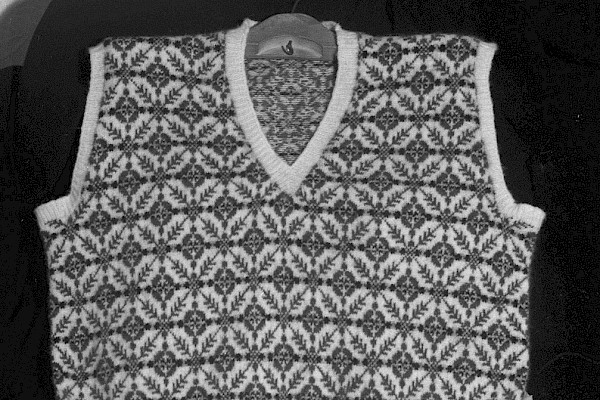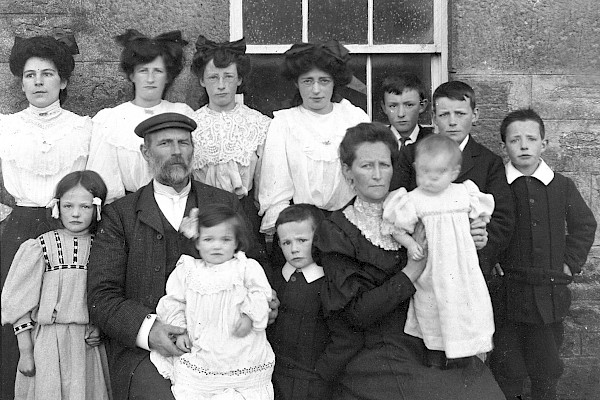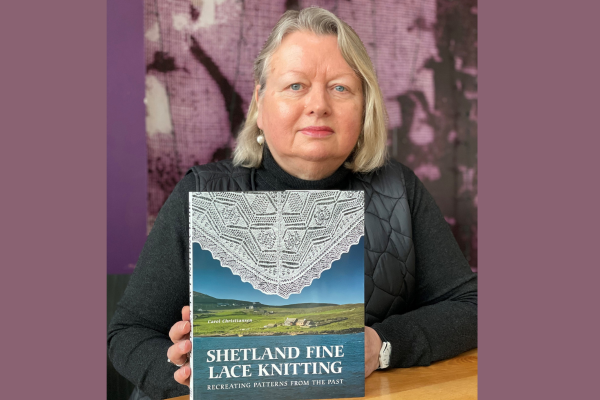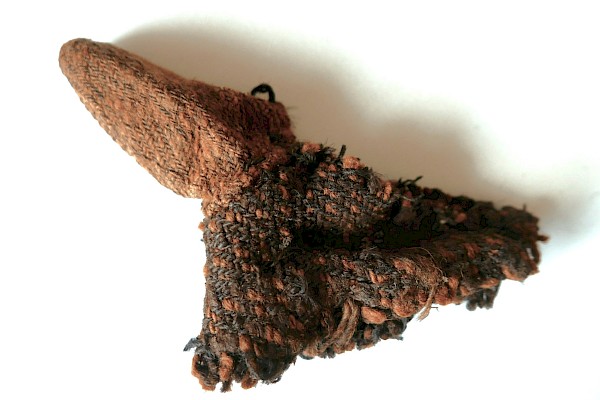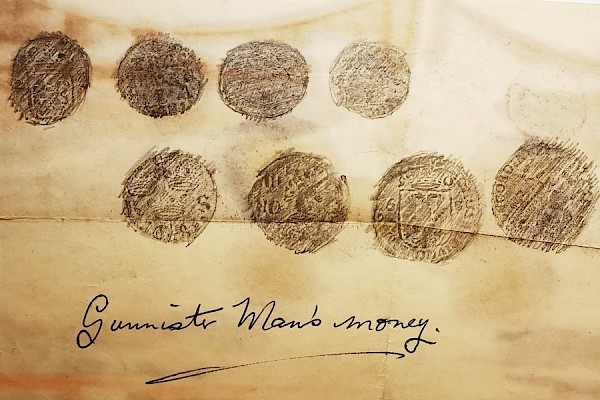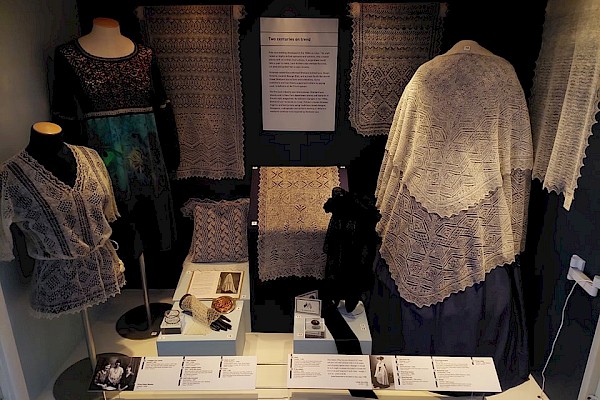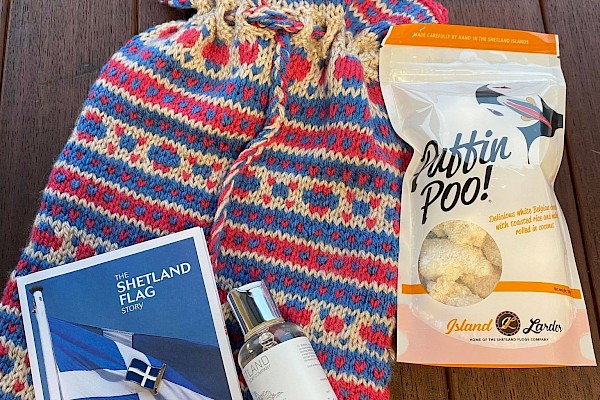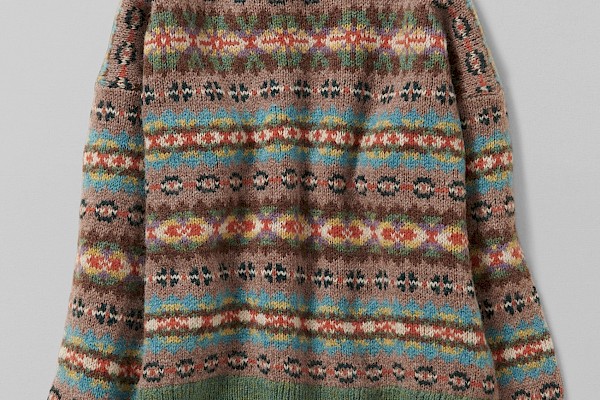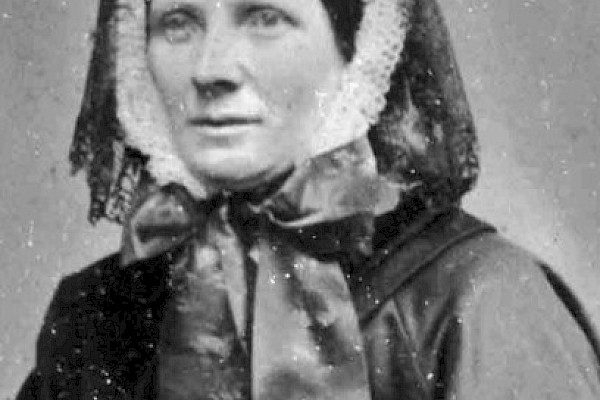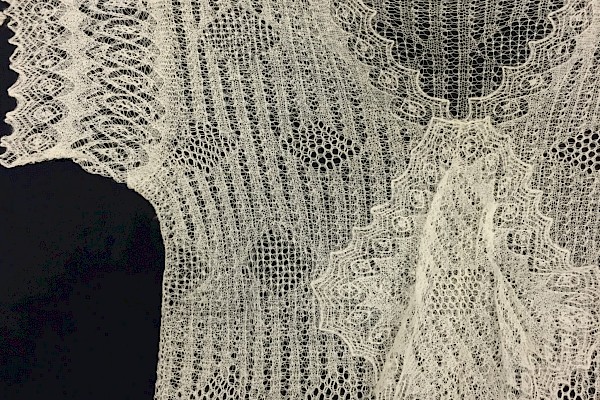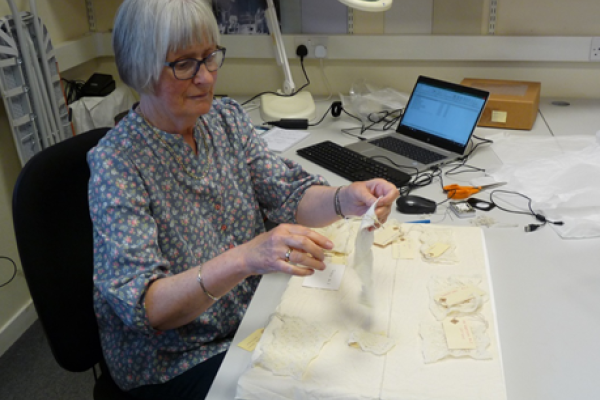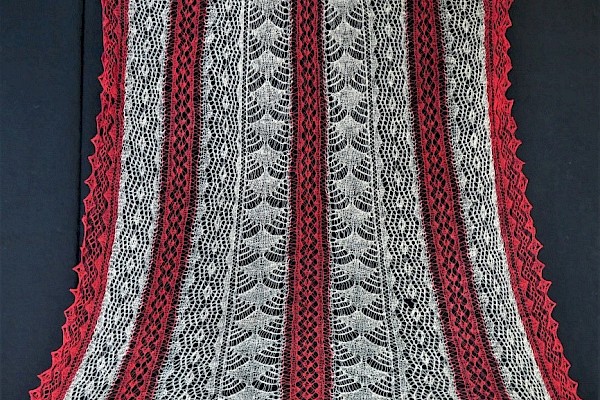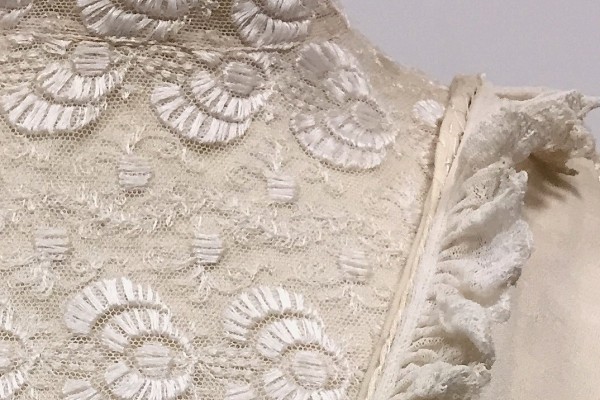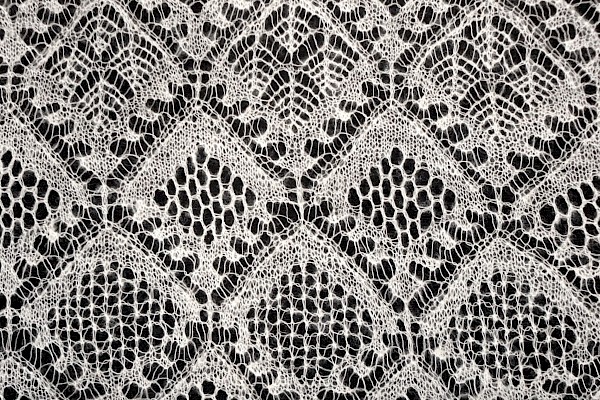Ready, Set, Click!
Tracey and I have spent several months preparing to photograph the knitted lace collection, with help from various quarters. First, we carved out a photo studio in the main room of our storage facility. We moved custom-made wooden boxes containing large boat models, a huge display case containing a model of the Cutty Sark, and various lots of rubbish. Our cleaner Eddie then washed down the walls and floor and Laurence, our facilities technician, painted the cement floor to seal it.
We have made two special padded boards for the flat lace pieces. Ross, of our construction crew, made a wooden frame for the stoles and scarves. It’s lightweight for easy manoeuvrability and with rounded edges to create a pillow-like form – thank you Ross! I stapled cotton tape to form a mesh, then hand-stitched polyester wadding snugly around it. I made a tight cotton lining, then the cover, with an opening at one end so it can be removed and washed or easily replaced.
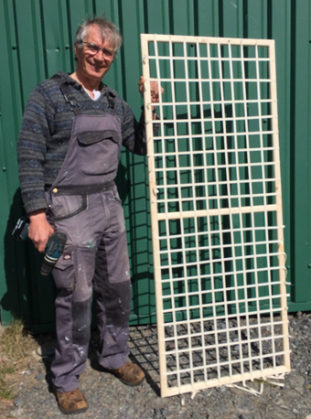
The shawls will be the most difficult to photograph. Some measure two meters square and we have six cotton bedspreads knit in the Shetland lace tradition in about 1900, some with possible Orenburg influences (yes, amazing, more about them in a later blog!). To photograph these very large pieces, we are using a frame we made to record our taatit rug (i.e., pile bedcover) collection a few years ago. As with the stole frame, I stapled cotton tape to form a mesh between the boards, then a layer of thick polyester felt, helped by my wonderful volunteer, Jenny Butler. Tracey and I stretched white, and then navy cotton sheeting, stapling them in place. I have found that navy is the best colour to use as a background against the various whites of the aging lace pieces.
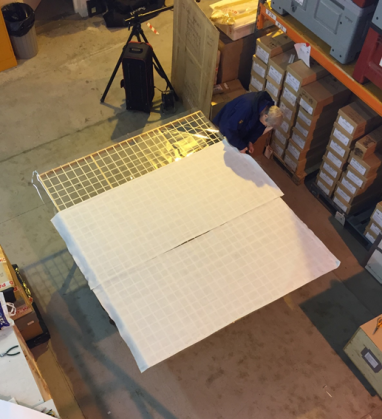
Arranging the shawls evenly on the frame will be very time-consuming, and we expect to photograph only a few shawls a day. The downtime for a professional photographer during preparation of each lace piece would have been lengthy and our generous grant could not cover this cost. Tracey and I are learning together the best light settings for the delicate stitches and extremely fine yarns. And thanks to Tracey’s knowledge of all things digital, we have set up remote triggering of our synced shutter and lights from our phones. So far, so good.
Besides white lace, we have a few black items, mostly veils. They date from the late 19th to early 20th centuries and are almost always dyed. There are one or two pieces in natural grey, the most difficult to photograph, because either the dark or light shades of the wool visually disappear against a dark or light background. We may opt for a medium blue background fabric, but trials are still ongoing.
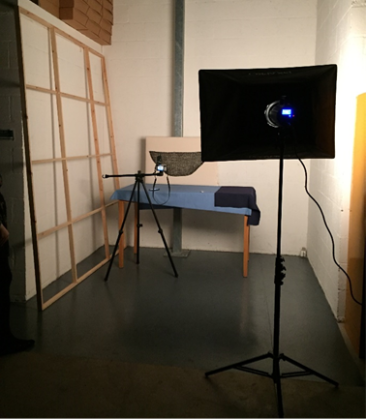
It’s been a challenging few months, but Tracey and I enjoy putting our heads together to find solutions and traverse the learning curve together. We’ll be spending the summer tackling the bulk of the photography. Wish us luck!
